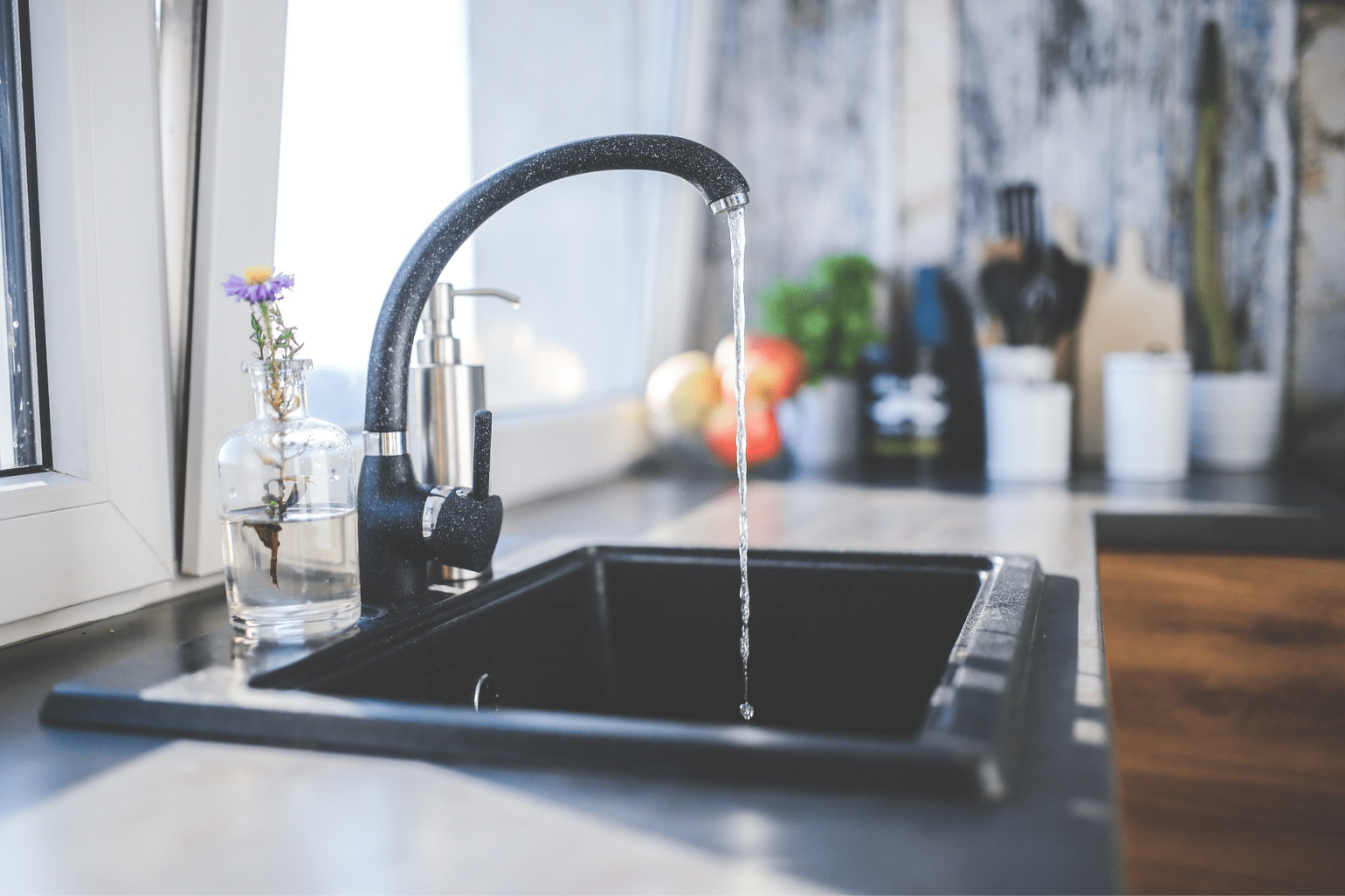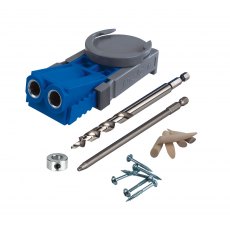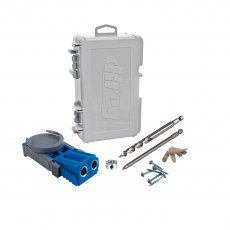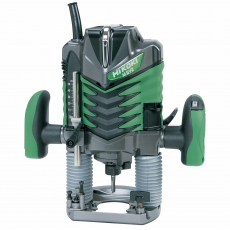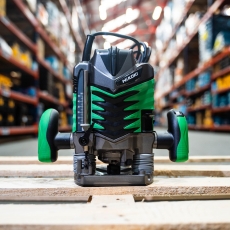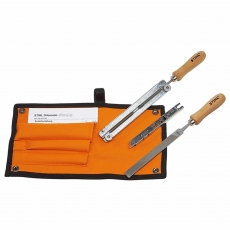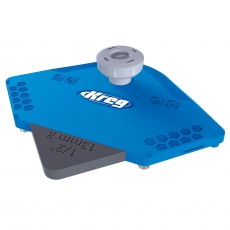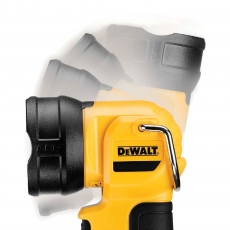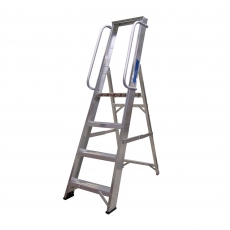How To Unblock A Sink

Blocked sinks are a common household problem, and trying to unclog them can be a daunting prospect. If your sink has suddenly become blocked, you may be wondering what to do next. Fortunately, there are a few simple methods you can use to unblock a sink.
In this article, we’ll discuss the best way to unblock a sink without a plunger, as well as the best technique to use if you do have a plunger on hand to help. We’ll also discuss some common causes of sink blockages and how to prevent them in the future.
Why is my sink blocked?
Sinks can become blocked for many reasons. A common cause of sink blockages is the accumulation of debris such as hair, soap scum, dirt, and food. These accumulate over time, creating a blockage in the pipe. If the blockage is not cleared away, it can cause water to back up and overflow from the sink. In some cases, the blockage can be caused by an object that has become lodged in the drainpipe, such as a toy or utensil.
If your sink is blocked, it is important to act quickly to avoid further damage. It is also important to keep on top of regular maintenance that can help to prevent sink blockages, such as regularly cleaning the sink and drain with detergent and hot water. This helps to remove debris and prevent blockages from occurring in the future.
How to unblock a sink with a plunger
You may not need a plunger often but, when you do need one, you’ll be extremely grateful to have one on hand! There are a few different types of plungers, each designed for specific jobs. To unblock a bathroom sink or a kitchen sink, you’ll want to use a cup plunger. This type of plunger is designed to create a seal around the drain and force water out. The cup plunger has a rubber cup at the end that fits snugly around the plughole, creating a seal and allowing the plunger to force the water out.
Other types of plungers include the flange plunger, that has a flat rubber cup and is best used for toilets and shower drains, and the bellow plunger, designed for unclogging pipes that are too narrow for a cup plunger or a flange plunger.
Plungers work based on the principles of air pressure and suction. When the plunger is pushed down into the sink, it compresses the air inside the cup. This decreases the air pressure inside the cup, while the pressure outside of the cup remains the same. This creates a pressure differential, which causes air to rush in to fill the vacuum. This air pressure then pushes back against the blockage, dislodging it and allowing it to be pulled out of the drain.
Before you start
To help reduce stress and get your sink back in working order, it is important to prepare before attempting to unblock the sink. Before you begin the unblocking process, you should gather the tools listed below. Make sure everything is to hand. Your plunger is the most important tool that you will need, so make sure to locate one before you start. In addition to the plunger, you may need rubber gloves, old towels, and a bucket. Once you have all the materials ready, you will want to put on your rubber gloves to protect your hands from any bacteria that may be in the sink.
Which tools will you need?
To unblock a sink with a plunger, you will need:
- A plunger
- A bucket
- Rubber gloves
- A cloth
What to do
-
Ensure that the plunger cup is entirely covering the drain opening. This will create a better vacuum seal and make it easier to dislodge the blockage. It is also important to ensure that there is enough water in the sink to cover the plunger cup. This will help to create a better vacuum and make it easier for the plunger to remove the blockage.
- Move the plunger up and down vigorously several times to create suction. Make sure to keep the seal tight. After several pushes, the plunger should start to loosen the blockage. If the clog isn’t loosened, repeat the process several times.
- Once the clog is loosened, remove the plunger, and allow the water to drai.
- To ensure the clog is completely gone, flush the drain with hot water. Clean the plunger with a brush or a sponge to remove any debris.
- Rinse off the plunger with hot water. Using a plunger is one of the most effective and affordable ways to unblock a clogged sink. It’s also quick and easy to do, so you can get your sink running properly again in no time.
READ NEXT: How To Plaster A Wall For The First Time
![unblocking a sink without a plunger]()
How to unblock a sink without a plunger
Boiling water
If you're having trouble unblocking a sink, one of the easiest and most cost-effective ways to attempt unblocking it is to use boiling water. Boiling water is a great solution to unblocking a sink as it can help to break up the blockage and dislodge the debris that is caught in the pipes.
What do you need?
To use boiling water to unblock a sink, you'll just need a large kettle or pot full of boiling water.
What to do
- Fill your kettle with water and turn it on to boil.
- Once the water has been boiled, slowly pour it into the sink. Make sure you do not pour it too quickly, as this could cause the sink to overflow.
- Once the boiling water has been poured, leave it to sit for a few minutes to give it time to work. Boiling water can help unblock sinks by loosening up grease and other debris that may have built up in the pipes.
- The hot water can soften and melt the grease, making it easier to wash away. After the hot water has had a few minutes to work, try to flush the sink with some cold water. This should help to wash away any blockage and any debris that was caught in the pipes.
A bent coat hanger
If you’ve got a clogged sink and don’t have a plunger handy, you can try to unblock it with a bent coat hanger. This simple trick can often be enough to dislodge the clog and get your sink draining again.
What do you need?
To get started, you’ll need a coat hanger and some pliers.
Before you start
Straighten out the coat hanger and use the pliers to bend one end into a hook shape. This will help you snag anything that’s blocking the drain.
What to do
- Insert your coat hanger into the drainpipe and try to feel for the clog. If you can’t feel it, try wiggling the hanger around to see if you can snag it. If you feel resistance, that means you’ve found the blockage.
- Once you’ve located the clog, use the hooked end of the hanger to try to dislodge it.
- Pull up on the hanger to try to lift the blockage out of the drain. If it’s too heavy to lift out, continue to wiggle the hanger around to try to break it apart.
- If the blockage doesn’t come out, try running hot water down the drain first. This can help to loosen the clog and make it easier to remove.
- Once the clog is out, run more hot water down the drain to make sure the blockage is completely cleared.
Baking soda and vinegar
Another effective and cost-efficient way to unblock a sink is to use baking soda and vinegar. This method can be used to unblock kitchen and bathroom sinks and requires minimal effort.
What do you need?
To get started with this, you will need approximately 250ml of baking soda and 250ml of white vinegar.
What to do
- Pour the baking soda down the sink, then follow this with your vinegar. The combination of these two ingredients will react and create a fizzy foam. This foam will help to break down and loosen any blockage in the drain.
- Let the mixture sit for about an hour before flushing the drain with hot water.
- If the blockage persists, try repeating the process with a higher ratio of baking soda and vinegar.
Bleach
Bleach is a powerful and effective tool for dealing with clogged drains. When poured into a sink, it can break up blockages by melting away organic matter like hair, soap scum, and grease. Bleach is a powerful chemical that can break through even the toughest clogs.
Before you start
Before using bleach, make sure you are wearing protective gloves and eyewear as bleach can be harmful if it comes in contact with your skin or eyes.
What do you need?
For this task, you'll need:
- Bleach
- Boiling water
- Protective equipment
What to do
- Pour your boiling water down the sink.
- Pour about 100ml of bleach into the drain and let it sit for about 15 minutes. This will give the bleach time to break down the blockage.
- After 30 minutes, run some hot water down the drain to flush out the clog.
- • If the blockage isn’t completely gone, you may need to repeat the process a few times.
If the above methods don’t work, the best course of action is to call a professional plumber who will know how to safely and effectively remove the blockage without causing any damage to your pipes.
Read More From ToolStore UK
How To Fix A Leaking Tap
Read MoreHow To Put Up A Shelf
Read More- 6th April 2023



